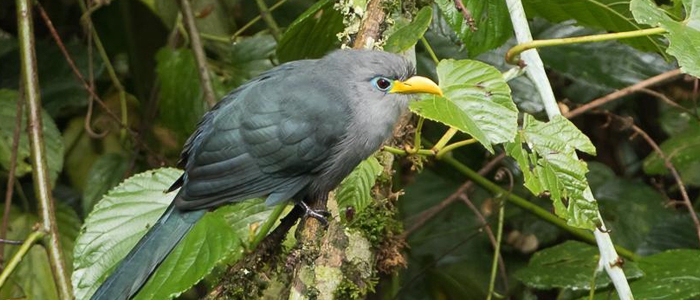

Scientifically, Black Heron bird species is known as Ardea melanocephala which is found within the Ardeidae or heron family. This species is a large long legged heron that is partially migratory inhabiting the sub-Saharan areas but sometimes nomadic hence moving in response to the availability of food and rainfall. The bird is a typical heron and slightly darker than the Grey heron hence widely spread and usually throughout its range although rarely abundant and patchily distributed. Black headed heron typically feeds by walking slowly in shallow water and among the grass hence mainly a terrestrial bird species.
Physical description of the Black Headed Heron
The Black headed heron is a long wading water bird measuring about 92 to 96 centimeters in length and having a mass weight that ranges between 710 to 1650 grams. The adult bird species has a greyish coloured body that includes tail, wings, underparts and the back. Both the back and neck do reflect a lanceolate plumes.
This bird species features a black underwing feathers while on flight along with white wing coverts. It also bares a white throat and chin with speckles that are black on the foreneck. Black headed heron comprises of the yellow eyes which later during the breeding season turn to orange and red colour. The birds species is characterized with a long black sharp pointed bill above together with a greenish-yellow lower mandible.
Both male and female Black headed heron have similar sexes and do bare green and yellow lores along with long black legs and feet. The bird has variations within its layer of feathers that do comprise of a paler back and wings which strongly contrast with the black neck and head.
The juvenile Black heron features a buffy white underparts and pale rufous breast and throat together with brownish-grey neack and head hence the bird species has generally paler body.
The behaviour of the Black Headed heron
This Black headed heron searches widely for food by walking slowly alone through the grass hence lifting its feet high with an erected head and neck stretched backwards. It stands still in a motionless state and once the prey is predicted, the species sways the its head with an increasing spreed from side to side and strikes the prey with its sharp, long and pointed bill hence often feeding at night.
The bird species feeds on a number of invertebrates along with small vertebrates but generally eats terrestrial and aquatic preys including insects, earthworms, rodents, lizards, small fish, frogs, snakes,spiders and crustaceans and the breeding period mainly occurs in December and Januuary. While feeding, the bird species occasionally feeds in large colonies or flocks.
Black headed heron is partly a migratory water bird species with its movement varrying according to the range and dry season. It always migrates north wards during the rainy season to inhabit Sahel, Sudan and Guinea and also the bird is more sendentary in Southern Africa and Equatorial areas.
The bird is characterised with a slow but strong flight along with the steady wingbeats and when migrating they do use flapping flight which is the same case within the feeding and breeding colonies.
Breeding and Reproduction process of the Black Headed Heron
During the breeding period, this bird species performs a forward display towards the intruder while defending its territory by “Kaak” calls. The black headed heron points its long sharp bill upwards while perfoming courtship display where it exposes the white chin and throat hence stretch display and production of a soft gurgling “how-oo” sound. Both the male and female species utters loud calls which are part of greeting within the mating period.
The bird is a monogamous breeder mainly breeding in colonies with rarely mixed heron species and copulation happens on the partly built nest site and always do gather in large flocks of hundreds of birds while roosting outside breeding period. It breeds year round depending on the region but mainly in the rainy season.
This black headed heron mostly constructs its nest up high in trees and often less on the ground and reedbeds and it is made with twigs and green leaves. During nesting process, the male heron species gathers the building materials and the nest is constructed by both partners in a period of about 2 weeks and placed between 8 and 30 meters above the ground.
Within the reproduction process, the adult female black headed heron will lay a maximum of about 2 to 3 eggs that are pale bluish in colour and the incubation of the clutch is done by both adults for a period of 23 to 27 days.
After hatching of the clutch, the chicks are characterized with yellow eyes and a pale grey down and are fed by regurgitation at the nest by both parents. Development of wing feathers that that are broad and strong enough to cause flight within the youngones, will happen at about 40 to 50 days after hatching has occured and they are fully independent at the age of 60 days.
More posts for you

Over 50 excellent reviews on Safaribookings.
 >
> 




